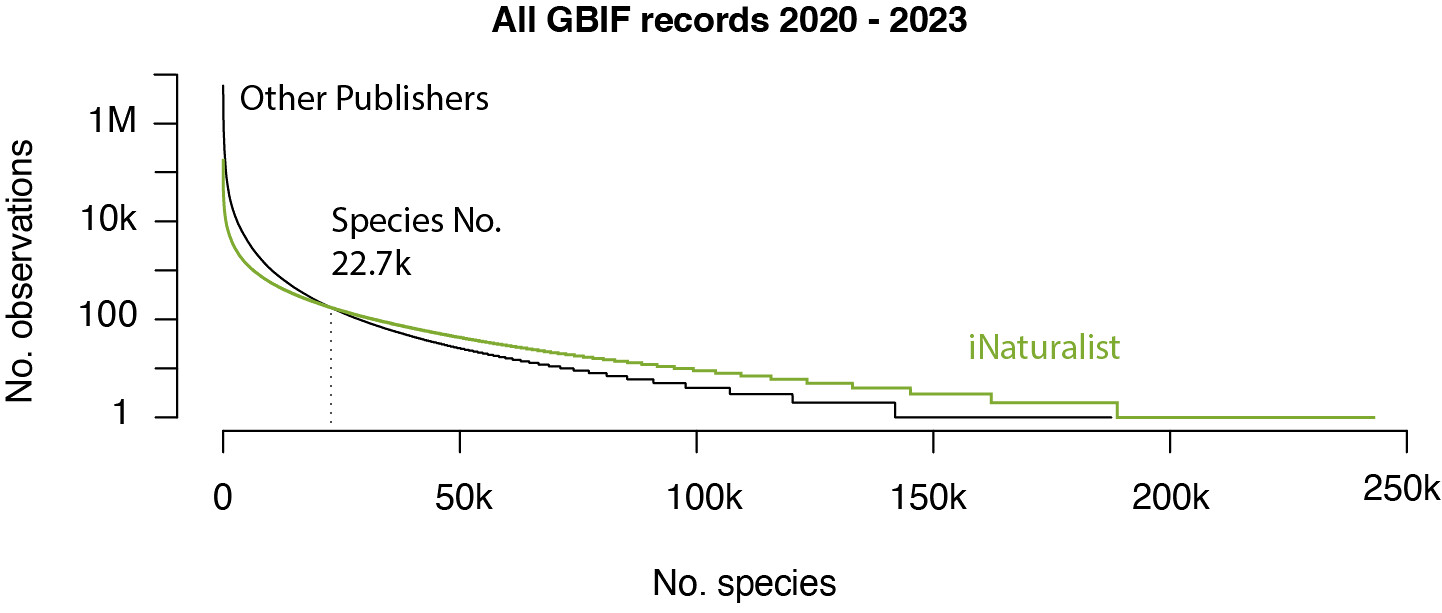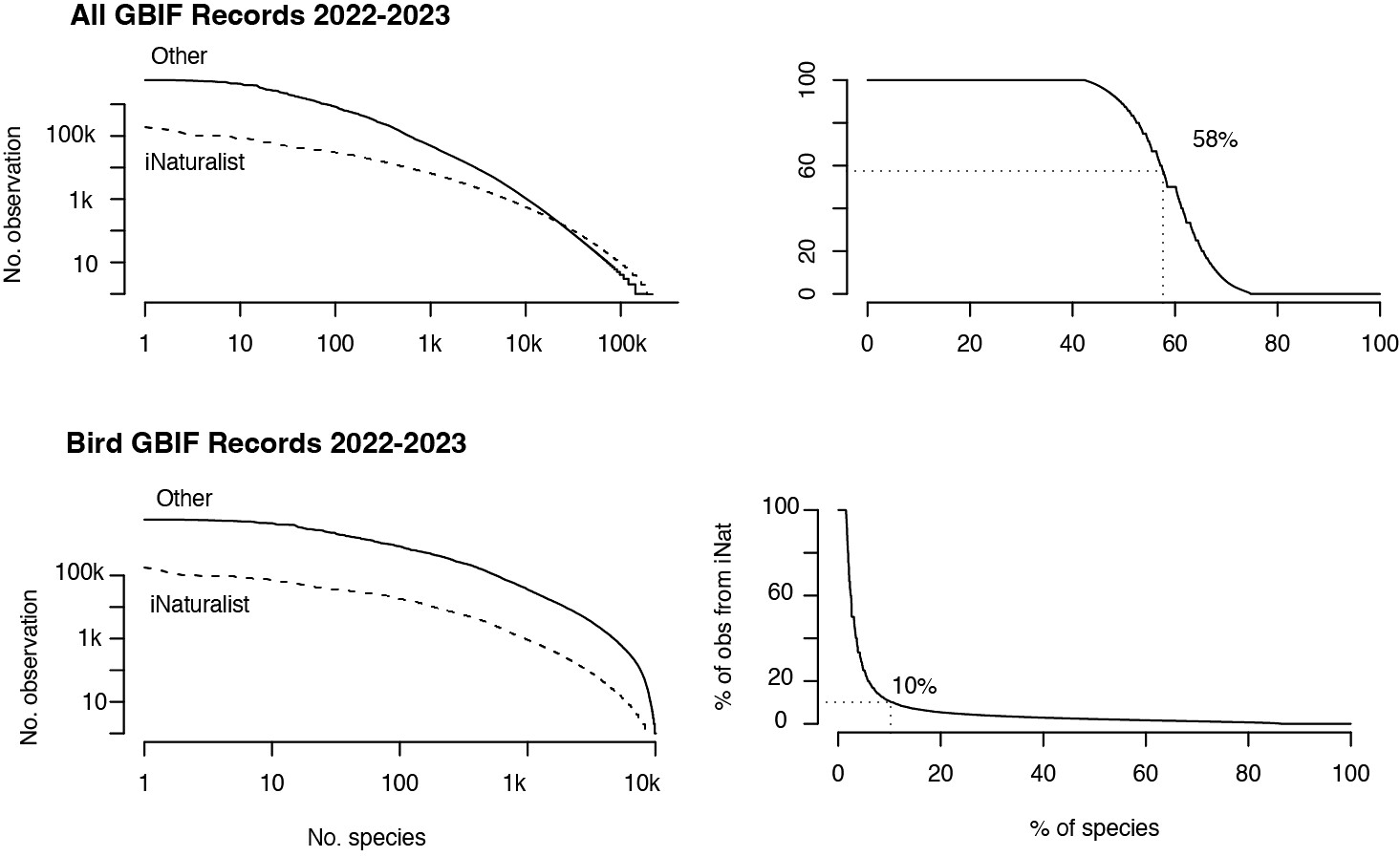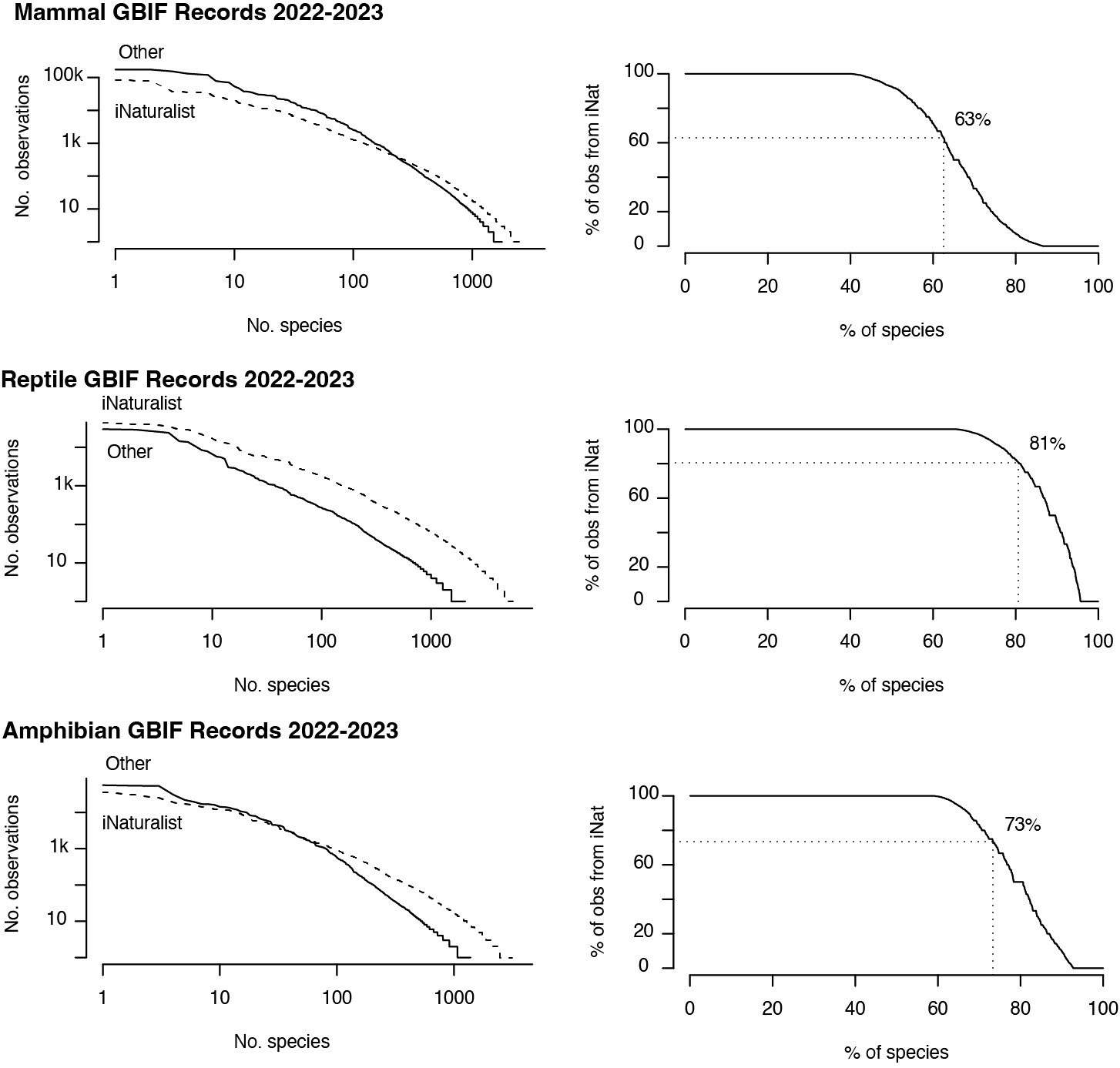A Freshwater Crustacean That's a Work of Art - Observation of the Week, 3/7/23

Our (belated) Observation of the Week is this Freshwater Anomuran (likely in the genus Aegla, known as Pancoras in Spanish), seen in Uruguay by @danielamartinezz!
“The story of this little crustacean began on a walk through Minas (Lavalleja), in the middle of summer,” says Daniela Martínez.
While many others took the opportunity to carry out recreational activities at the San Francisco stream, my first instinct is always to go straight to observe what surrounds me and look for which beings are around, going unnoticed by most human eyes. The first thing I noticed was a large number of dragonfly nymphs in the water, accompanied by adult dragonflies fluttering across the landscape above the water.
Then my father showed me the Aegla crustacean he found (he is also passionate about getting lost in nature). I’ve rarely seen them before, since they are very elusive, and I immediately took some photos of it. I love nature photography and recording everything I see to be able to share it with the rest in order to make the little creatures that live with us more visible.
Something curious I realized is that despite the fact that the crustaceans of the genus Aegla are native to my country, many people who saw the photo told me that they had never seen this animal, and couldn’t believe the strange shape it has, as if time had not passed for it, with its great armor that reminds us of the ancient creatures that inhabited the Earth.
While they may look like true crabs at first glance, anomurans belong to a separate infraorder that contains familiar crustaceans such as hermit crabs, king crabs, and porcelain crabs (yes, those all have English common names that contain “crab”). Often, the hind-most pair of legs of an anomuran are hidden under the carapace and used the clean the gills. The genus Aegla currently contains about seventy species, all of which live in South American freshwater habitats.
Daniela (below) says she’s always had a passion for nature, and
the mere idea of such different beings living with us with their great variety of shapes, colors, and lifestyles has always captivated my attention. Which led me to want to know more, because I think that our world can be so different depending on which species is seeing it. Which led me to enroll in the University of Sciences of UdelaR, and become the biologist I am.

Daniela joined iNat in 2019 and especially enjoys looking at observations from different parts of the world, which she says is “a great activity for me since I am passionate about biogeography. I even did my degree thesis in the study of the factors that model the geographical patterns of native continental mammals of Uruguay.”
[iNaturalist] is a good citizen science tool, which allows everyone to contribute to the knowledge of the world that surrounds us, regardless of whether they have a scientific background or not. Because in the application there are many experts willing to help quickly with the identification. I always jokingly tell my friends that it's like a kind of "Pokemon Go", that game where people were looking for fictitious creatures, but in real life, hoping with this comparison to encourage the use of the application.
(Some quotes were lightly edited for clarity.)
- The Aegla painting you see above was made by Daniela!
- Check out the various colors of different Aegla on iNat!
- Here’s some footage of an Aegla walking about.
- iNatUY site admin @flo_grattarola and iNatUY user @jumanbar made this really cool interactive tool to find iNat data gaps in Uruguay.























